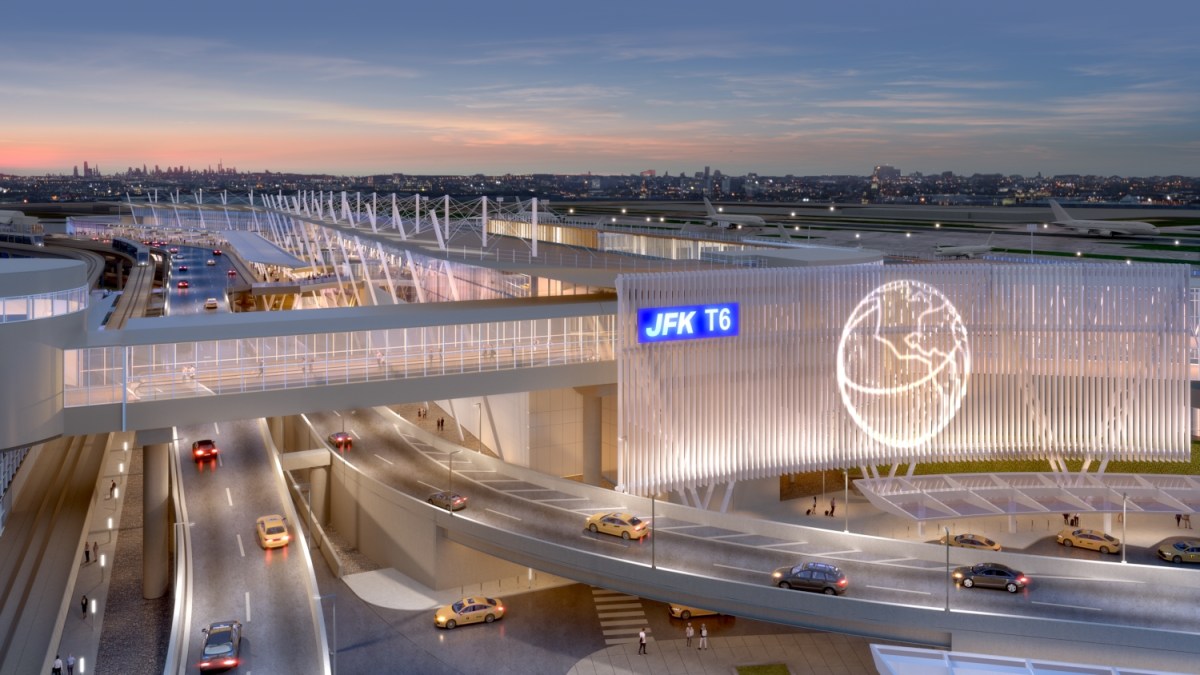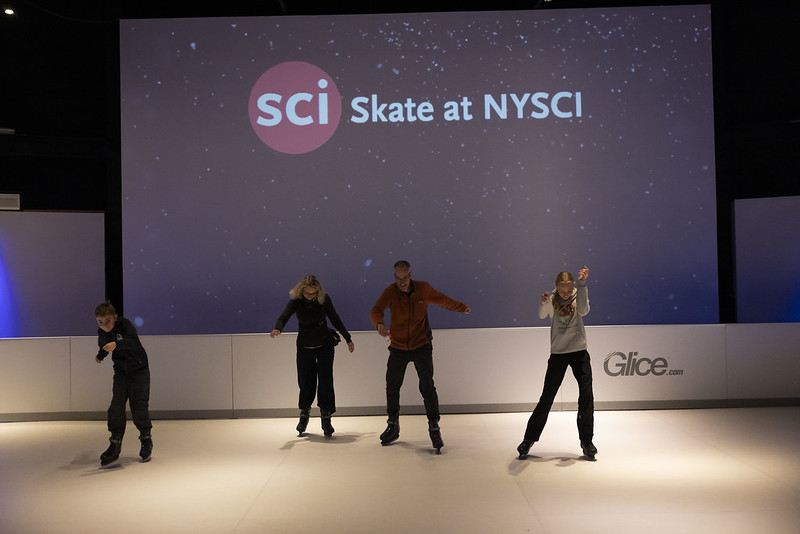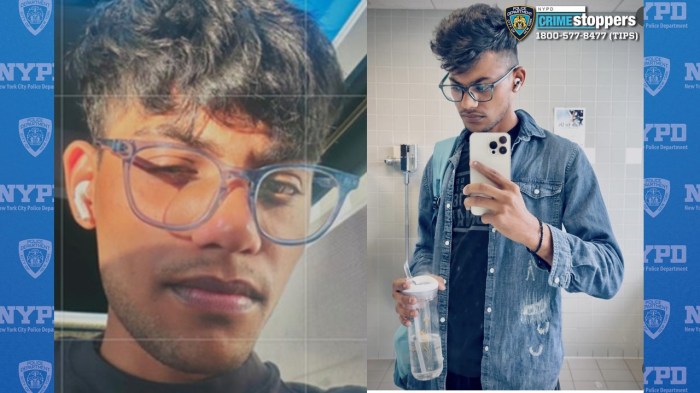
The terror attack that killed eight people along Manhattan’s Hudson River Greenway could have been hampered with street safety precautions, advocates said.
Transportation Alternatives has for years called for additional bollards and barriers to be installed along the greenway at several intersections. The tree-lined path is massively popular among runners and cyclists, but presents dangerous conflicts with the vehicles on the adjacent West Side Highway.
The issue of additional barriers arose in 2006 when cyclist Eric Ng was killed by a driver who intentionally drove onto the greenway at the same lower Manhattan location as Tuesday’s attack.
“We called for the addition of bollards and nothing’s happened,” said Caroline Samponaro, Transportation Alternative’s deputy director. “It’s, for the most part, a very safe place to ride a bike and commute, so to leave it vulnerable at those intersections, it negates the whole goal of the path.
“Greater urgency needs to be taken to address this known problem. It should have already been taken,” she added.
This September, 6,519 cyclists rode the Hudson River Greenway during a 12-hour window, according to a weekday count from the city’s Department of Transportation. The number of cyclists and pedestrians is only expected to increase in the near future due to pervasive commercial and residential developments on the West Side, such as Hudson Yards and St. John’s Terminal.
Eight people were killed and at least 12 were injured Tuesday and Uzbek immigrant Sayfullo Saipov, 29, is facing federal charges for allegedly driving a Home Depot rental truck onto the path from a wide opening near West Houston Street around 3 p.m. He continued south on the bike path, striking multiple people before hitting a school bus near Chambers Street and coming to a stop, officials said.
The attack occurred less than a month after the state’s Department of Transportation agreed to study safety improvements for the highway — an idea spearheaded by Manhattan state Sen. Brad Hoylman, and backed by another 11 elected officials.
“I trust that any review will include an examination of the bike path and the pedestrian areas along the park,” Hoylman said in a phone interview Wednesday.
Transportation Alternatives has called for the city to “redouble” the administration’s Vision Zero goal to end traffic deaths. The organization is requesting tighter restrictions on vehicular traffic and the addition of more physical barriers, such as bollards and granite blocks, to guard busy city centers.
“The weaponization of motor vehicles is increasingly common, as we saw earlier this year in Barcelona, Charlottesville and Times Square,” the advocacy group said in a statement. “But the truth is: before the rise of weaponization of motor vehicles, traffic crashes all too often take pedestrian and cyclist lives in New York City.”
The de Blasio administration said the city was looking into boosting safety along the bike path.
“NYPD, DOT and our State partners are closely conferring on installing safety bollards along the West Side bike path/Greenway as soon as possible,” said mayoral spokesman Austin Finan in a statement. “Nobody is better at keeping New Yorkers safe than the NYPD and we will continue to defer to their expertise and informed judgment regarding counterterrorism measures in the area and around the city, as well as guidance from City DOT, State DOT, DCP, DEP and the Port Authority.”
Charles Strozier, a history professor and director of the Center on Terrorism at the John Jay College of Criminal Justice, said the use of vehicles as weapons in terror attacks stems from a call from ISIS in 2014 — and that the practice will likely only grow in popularity.
“It doesn’t cost anything. You don’t have to learn how to make a bomb. It takes nothing but renting a truck at Home Depot, which anybody can do,” Strozier said.
A regular Hudson River Greenway rider, Strozier commutes to work by bicycle from his home in Park Slope. He said that there could be more barriers placed at various entry points of the path and around the city, but there’s only so much the city can do to prepare for another similar attack.
“There are certain dangers that come with living in a city where there are millions of people in narrow spaces,” he said. “And people are clearly committed to carrying out violence against innocent civilians. There’s no way that threat can ultimately be eradicated. But we have to recognize that, and do the best we can to secure ourselves and then lead our lives.”
Many cyclists who use the path daily continued doing just that Wednesday. Misha Thomas, 48, of Harlem, rode about 11 miles on the Hudson River Greenway from his home to the downtown area as a cathartic way to honor those who died in Tuesday’s attack.
“I wanted to do something positive and simple,” he said. “And that’s getting on my bike and riding the trail that I love in the city that I love, thinking of the people who died the whole time.”



































